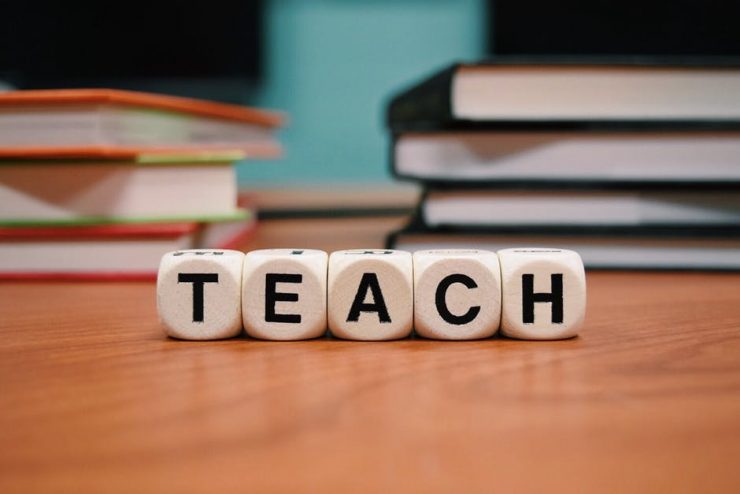Written by Kim Beasy and Loren Dyer
In Australia, Lesbian, Gay, Bisexual, Transgender and Intersex (LGBTI) young people report high levels of bullying, harassment, and discrimination at school, resulting in negative educational and health outcomes. Previous Australian research has identified significant need for LGBTI-inclusive schooling environments. Our project will investigate these environments by drawing on the voices of school staff to construct an interactive web-based resource which will further support school staff in creating inclusive environments.
The website will be based on data collected as a part of a partner project conducted in Tasmania, Australia. This project currently underway is being conducted by the University of Tasmania in partnership with the state’s gender, sexuality and intersex support and education service ‘Working It Out’ . A number of school staff from around the state are being interviewed about supporting LGBTI students in Tasmanian schools. Researchers are seeking to explore the needs of school staff in creating and sustaining inclusive school environments and how school staff already support LGBTI students.
We will use the data generated from these interviews to create a web-based resource about the knowledge, attitudes and approaches of school staff to LGBTI-inclusive teaching practice and school cultures. We hope through this project to explore alternative ways of communicating practice and engage teachers in culturally responsive pedagogies.
We will be focusing on the way that language and bodies are used in creating safe and inclusive spaces in schools. While information about gender and sexuality is important, teaching practices in culturally responsive pedagogies extend beyond the need to transmit information. Teaching in ways that are inclusive of diverse sexualities and genders involves a vast range of strategies for creating language-based spaces. In this project, we are interested in these strategies and how they can be communicated to others. We are also interested in what these language spaces might look like, and how they might be considered ‘safe’ and ‘inclusive’. We would particularly like to explore a way of communicating that shows how language-based safe spaces might work.
When looking at the public resources available to teachers and students through government and non-government organisations in Australia, we found that they are mostly print-based. Brochures, posters and websites use exemplars and suggest practices in ways that are designed to inform people about gender and sexuality diversity rather than communicating the indirect techniques for creating safe spaces. The resource we will develop will be interactive – it will allow visitors to navigate multiple narratives about teaching practices in a way that allows them to create their own space, going beyond ideas of safety. We plan to develop the website with gaming and multimodal design techniques; using words, images and abstract spatial representations to reflect the power of language and the spaces created by language.
The website will be a prototype – we hope to expand it in the future to include student voices and experiences as well. We hope that our website will actively engage its users in a critical interpretation of other people’s experience of practices of inclusion, and act as an access point for a collation of current understandings and techniques in regards to inclusive pedagogies.


